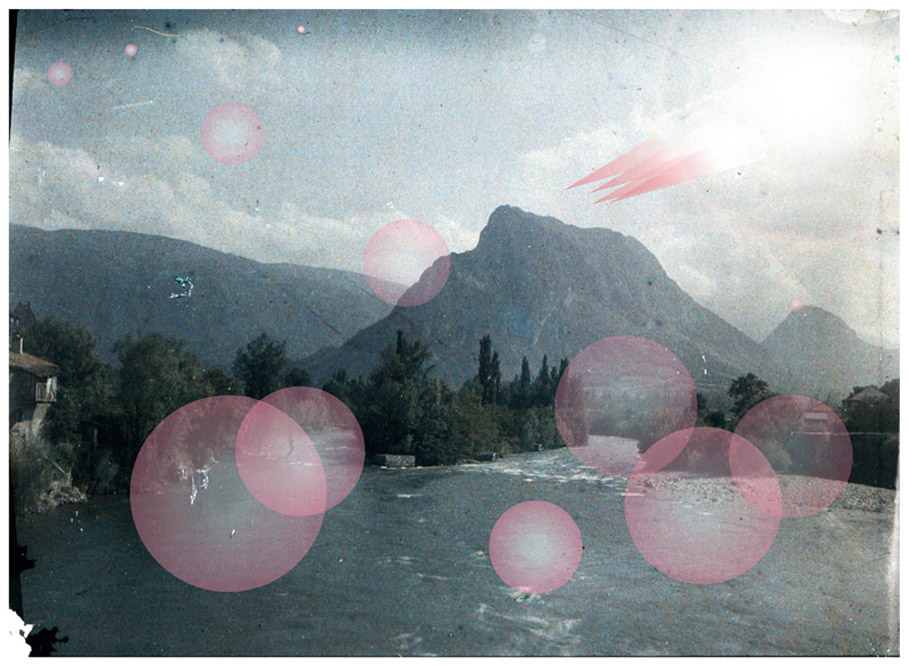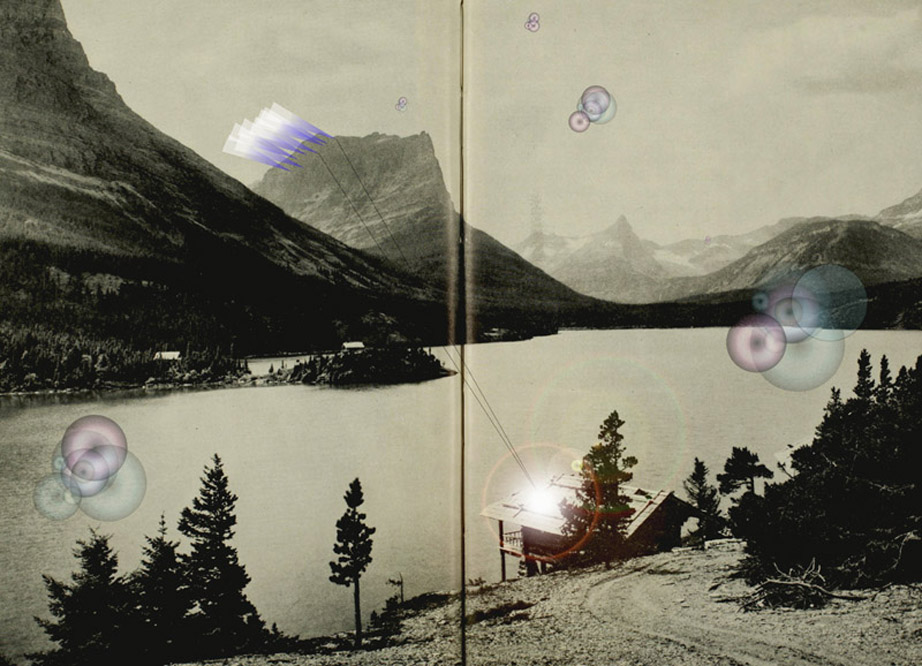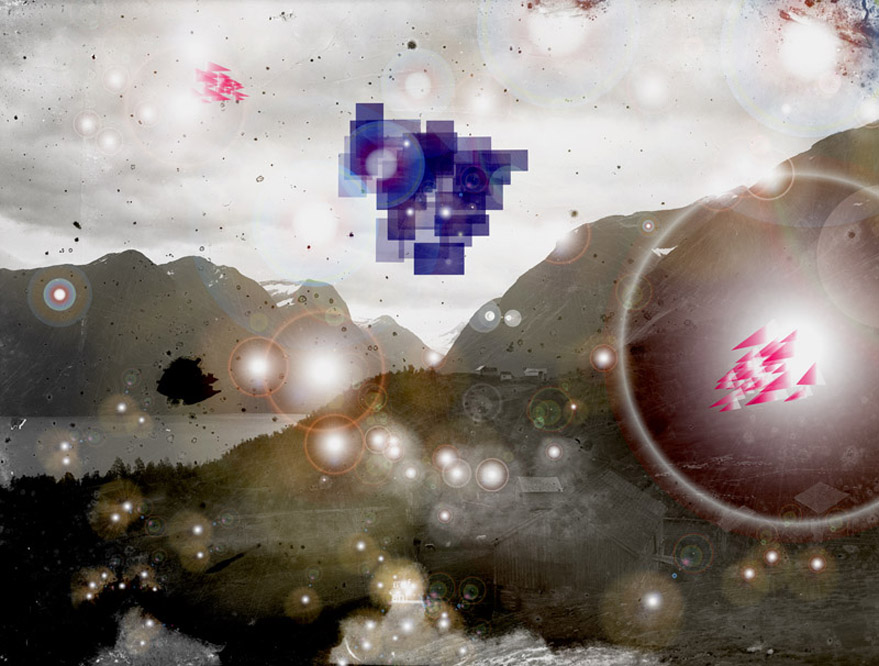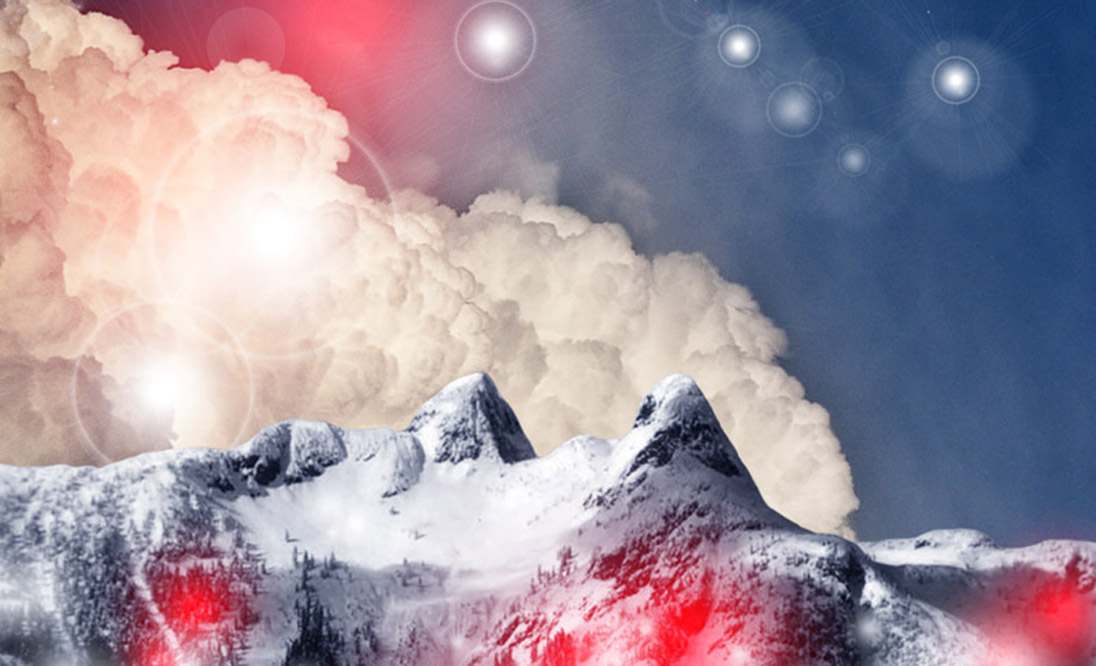I spend most of my life on the internet. I work here, I entertain myself here; I distract, delay, advance, compose, and channel myself here. I recently pinked up when a close friend described – appropriately enough, over Gmail chat – how he sometimes spends his work breaks searching unlikely and whimsical subjects that have nothing to do with obligation. He hasn’t moved from his workstation, and yet he’s markedly in repose, looking up train schedules for St. Petersburg to Shanghai, or Googling maps of nameless volcanoes. It’s romantic, his engagement with the internet, a chimerical act of resistance and inquiry. He corresponds with the World-Wide Web (just think about that term! The whole wide world!) with determined eccentricity, willful curiosity. I think of this engagement as being akin to taking the long way home – walking down and along the shoreline, even though it requires passing freeways choked by traffic. In this way, one reminds oneself that there’s a wildness nearby; that there are vast bodies, both obvious and strange.
I admire my friend’s initiative, but have failed to take it up. Instead, I find myself running out of things to search for. My phone goes dark while balanced in my palm. I keen to remember what it is I wonder. My lack of inspired inquisitiveness is a particularly bleak product of my access, I think. A dullness born of bounty. Do we only seek the knowledge that’s difficult to find?
In its short history, I’d argue that internet art has been similarly uninspired. Net art was variously wacky, political, paranoid, and patterned, sticking close to the margins and make of its medium. Post-internet art has shown itself to be trenchant, affected, self-reflexive, capitalistically motivated – and ironic, and emotionally disinclined. But where, in all this, is our recognition of our search-engine’s capacity for beauty? Where is our recognition of its sorcery, caprice, and poetic abstraction? Why has internet art stayed so close to caustic comment, and not reveled in more formalist delight?
Happily, a recent show at Stephen Bulger Gallery featured Clive Holden exercising such an enchantment. It seems significant that in his aesthetic reverie, he’s grounding the digital in the darkroom, and rooting the virtual realm’s constructed environment in the beauty of its coding. Holden’s digital prints and videos affirm where this technology comes out of, and how it’s produced. But in so doing, he shirks the typical comments regarding authorship, oversight, and conscription, and floats, instead, through a space of internal drift. Internet Mountains features landscapes pocked with spectral light, images scanning cloudscapes and refracted color. The lens is recurringly referenced in this picture-making, even as we’re reminded of its essential selfhood as digital manufacture. Through computer-generated sun-spots and screen-saver vistas, the show could risk a critical depthlessness in its insistence on light-infused transport. However it goes grounded in two light-boxes at the back of the gallery that provide a critical weight.
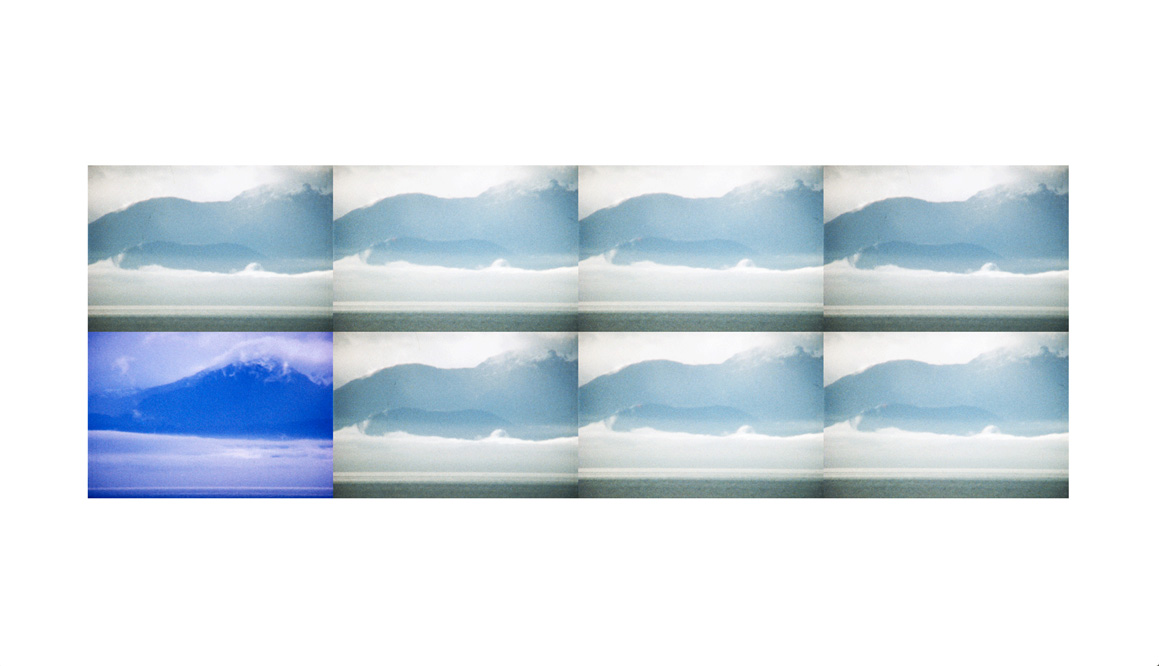
Clive Holden, “MOUNTAINS, REPETITION (Screen Grab),” 2014. © Clive Holden, Courtesy of Stephen Bulger Gallery.
Respectively, these illustrate the Muybridge-informed test-field for the reproducible image, and the coding that, integer by integer, forms the basis of our digital realm. In one, a mountainous landscape is repeated, flipped, compared, and color-coded as the gel of its “lens” continues to shift. In the other, a skeletal cryptograph reveals its basic construction, reading like Modernist brick-laying. These videos are constructed by algorithms that ensure they can’t be repeated, and feature, in this way, the very aura that Walter Benjamin argued against in his iconic essay on the limitations of the reproducible image. It only assists Holden’s essential reversal that these videos are, in themselves, historically patina-ed. (A recurring motif is the presence of a book’s spinal crease, or the ruddy skin of an antique print. Again, these inclusions could be read as affectations, but they inform a critical function.)
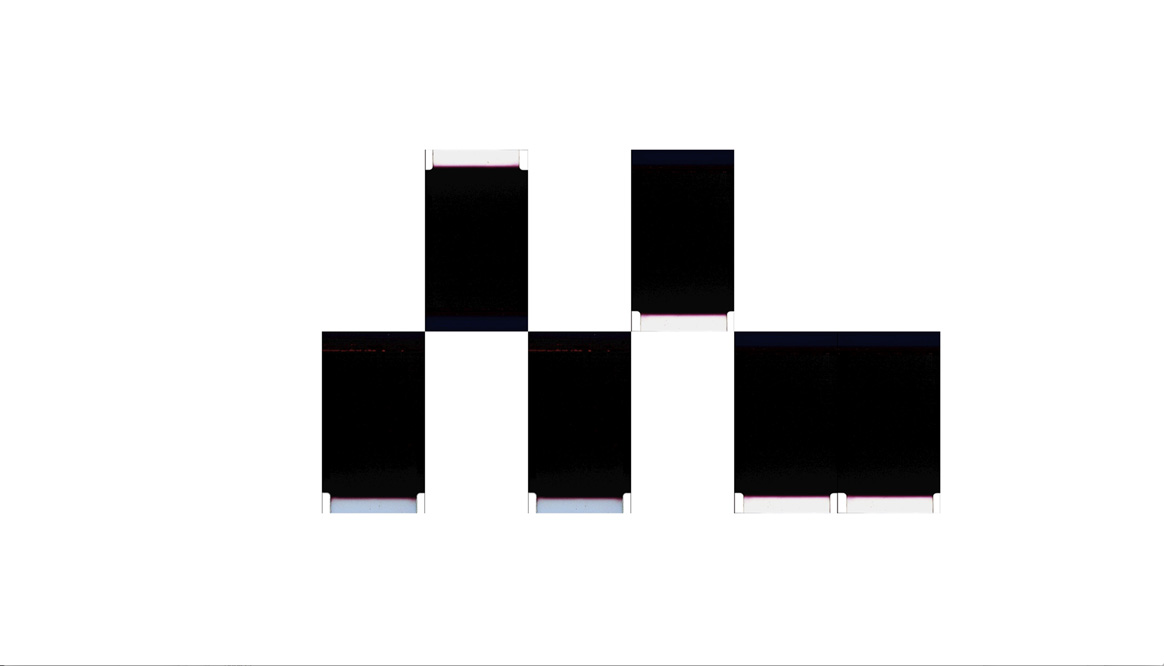
Clive Holden, “Dirty Film (Screen Grab II),” 2016. © Clive Holden, Courtesy of Stephen Bulger Gallery.
“The internet is full of mountains – ones that you can’t touch, or walk on, because they’ve been dissolved into math and reconstituted into weightless images,” explains Holden. Importantly, he acknowledges – as too few artists seem inclined to – the reality of his audience’s likely impatience and distracted viewing, working this invariability into his images’ foundation, and pulling from it an advantage:
I’m interested in making work that’s on the cusp of time-based and non-time-based, or that obliterates this dichotomy. I think of it all now as “post-durational”; the constraint of a fixed duration is abandoned in favor of a quality of liveness – of embracing chance and accommodating our impulsive nature as human beings.
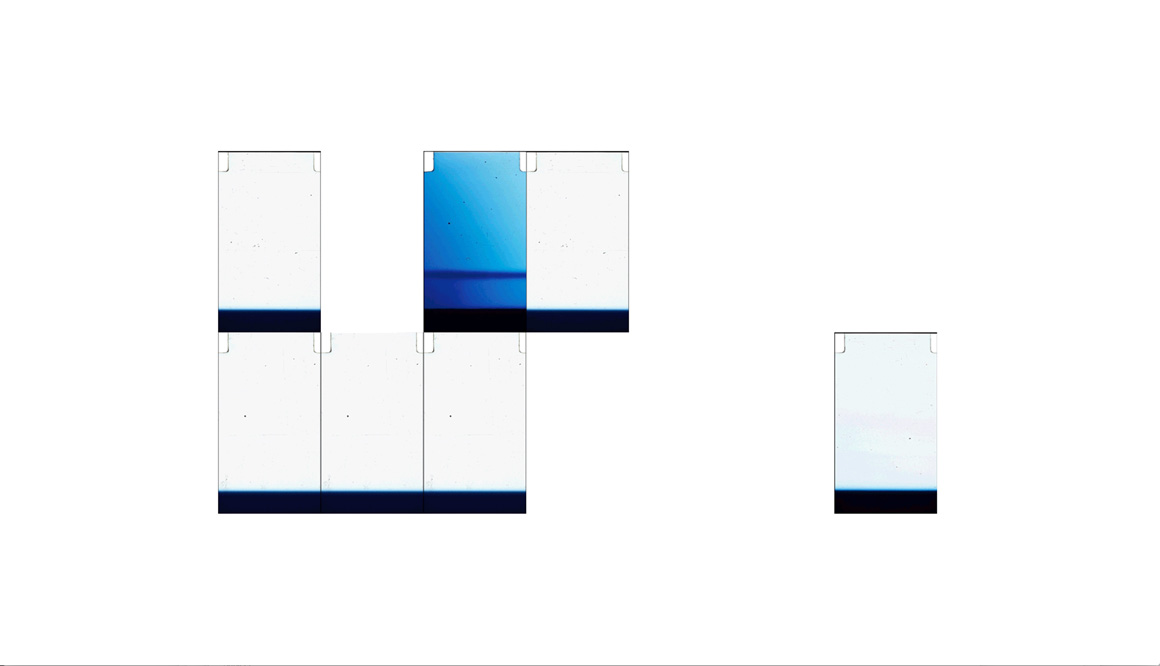
Clive Holden, “Dirty Film (Screen Grab I),” 2016. © Clive Holden, Courtesy of Stephen Bulger Gallery.
Internet Mountains marks the mid-point in a project slated for completion in two years’ time, with the second half relying on game-creation software. “That work will interact with the paper and moving-image media in this show, creating a conversation between objects, post-cinema, and chance,” Holden writes.
I’m not sure what this means, though I appreciate the artist’s embrace of analogue feeling when immersed in a digital process. And that’s the grace note in this exhibition. In a world bricked with screens, Holden holds tight to an aspect too often overlooked in our scanning of the virtual realm: how does it feel to look out over this vast expanse of information? What essential self does this scrim in fact possess? How would we picture its landscape, if pressed, and feeling pacific?
And: What do we wish to ask the world when our phone is balanced on our palm, lit and waiting to be searched?

